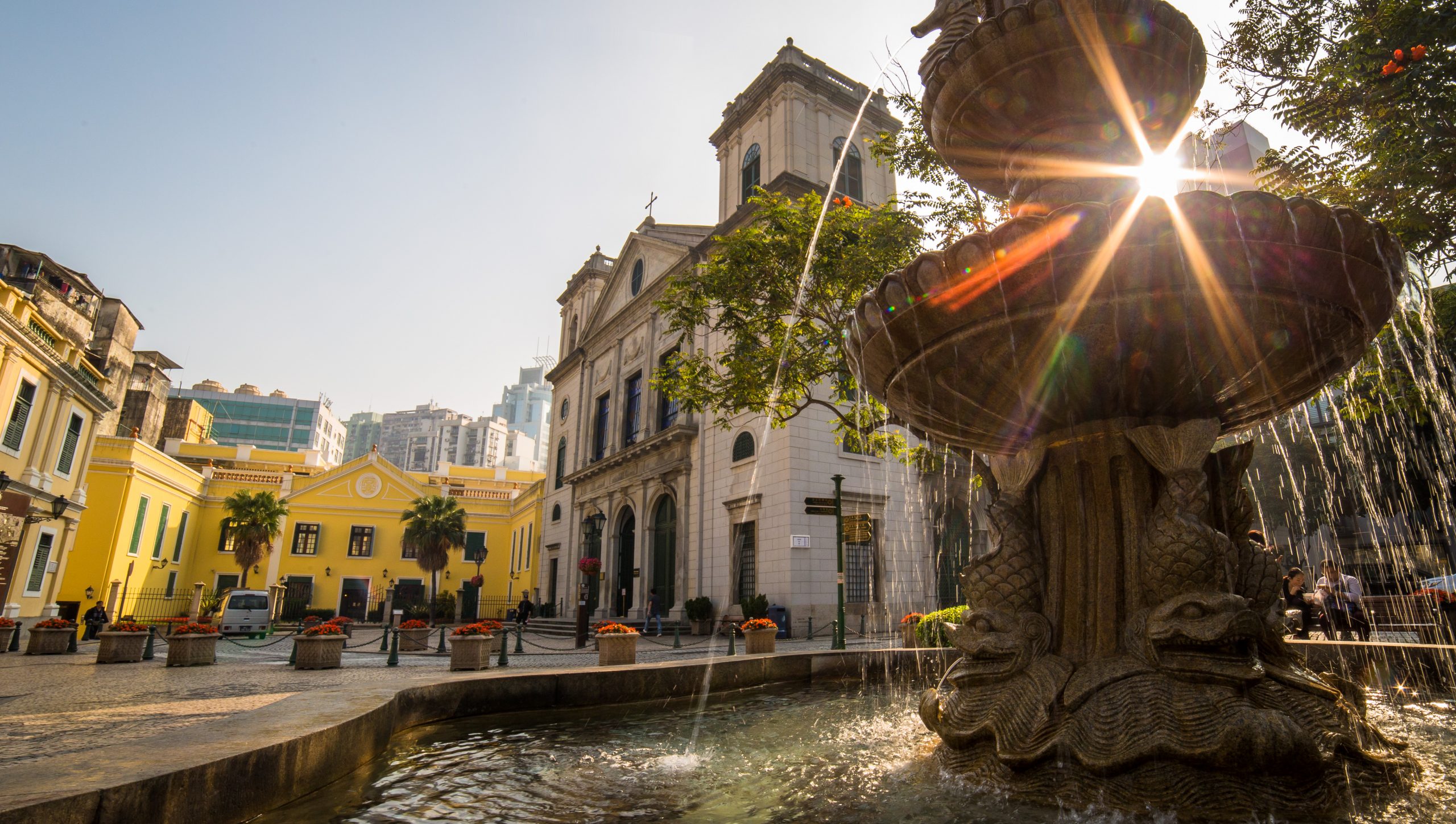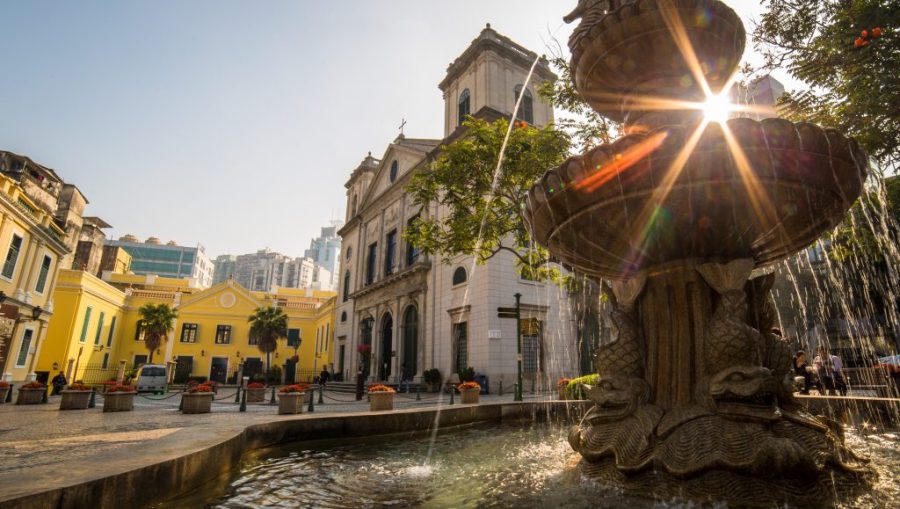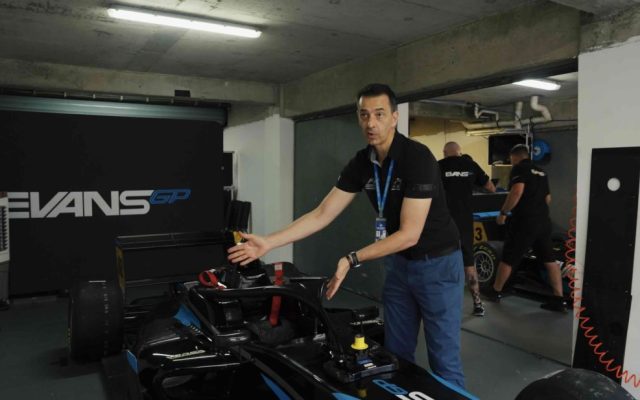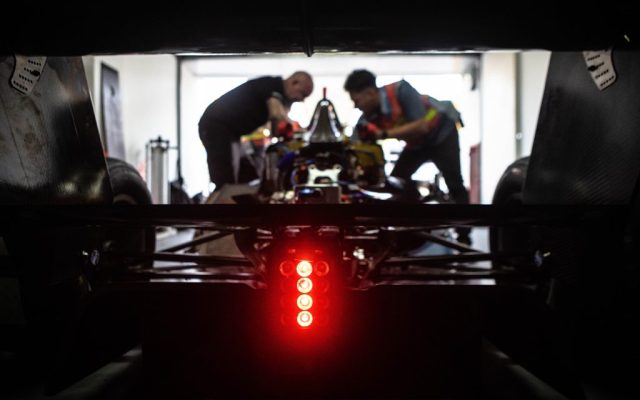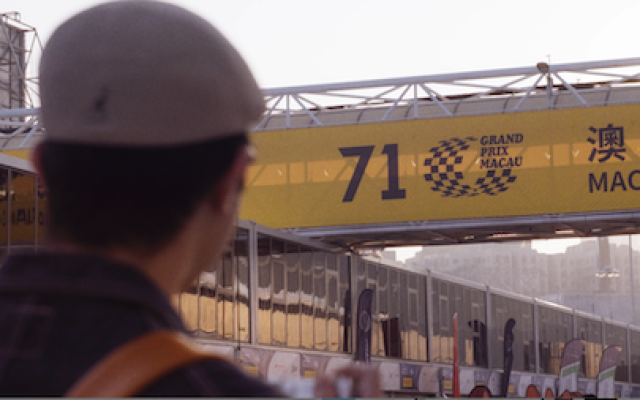Macao might be small, but it packs a punch when it comes to attractions and activities.
There’s the glitz and glamour of Cotai, where you’ll find non-stop entertainment, high-end shopping, immersive art experiences, and global restaurants studded with Michelin stars.
The city’s history delights travellers, too. Almost everyone visits the Ruins of St Paul’s and Senado Square at least once. Those who wander further might explore the city’s most famous heritage sites, like the Mandarin’s House, A-Ma Temple and St Lawrence’s Church in the São Lourenço district.
But the longer you stay in Macao, the more you find to love beyond its main attractions. Looking to experience the SAR like the people who live here? Try these recommendations, all hand-picked by three local insiders.
A dose of history and heritage
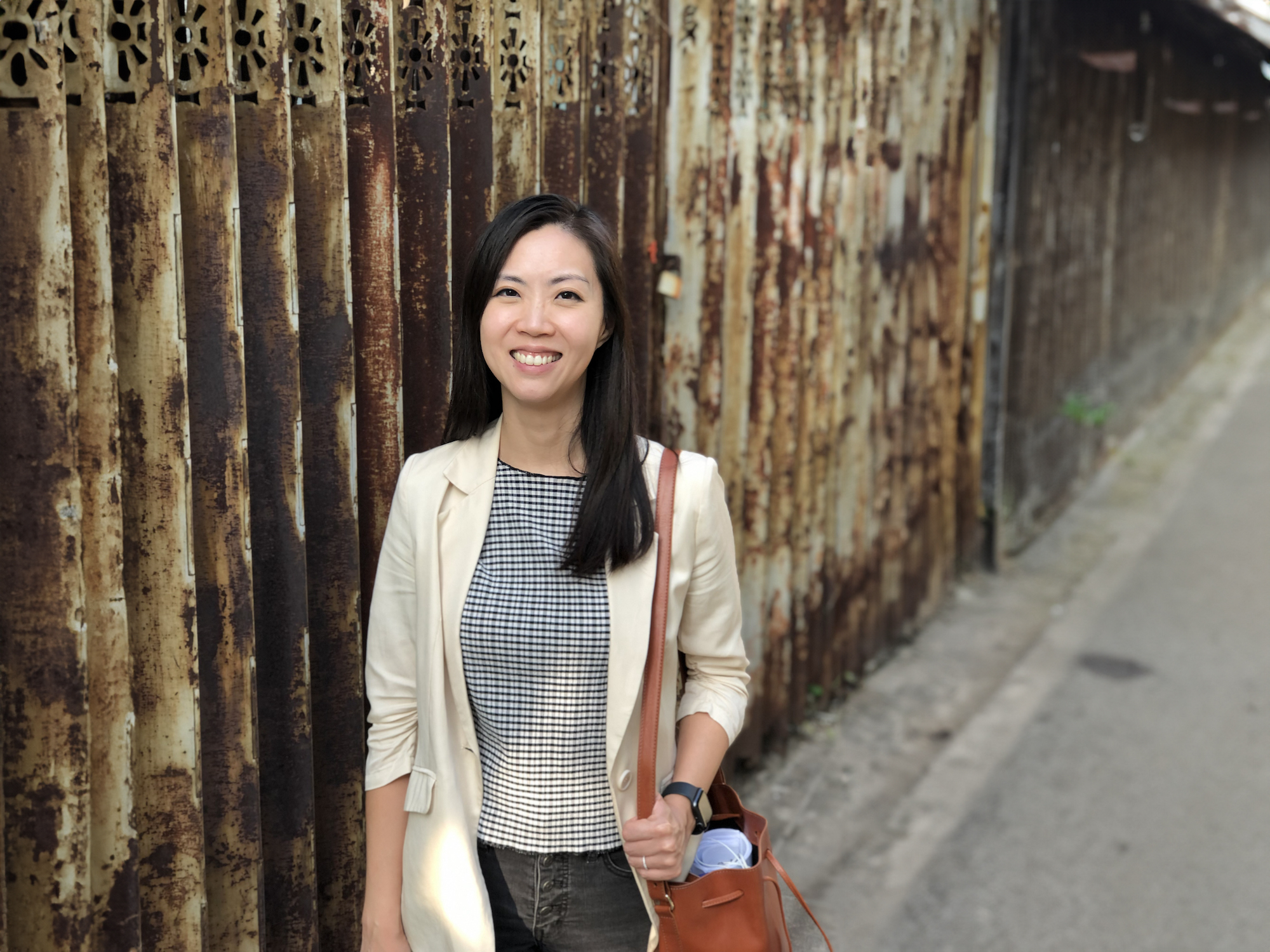
An associate professor of Chinese medicine at the University of Macau, Maggie Hoi holds the city’s history dear – so much so that she recently co-authored a book about it, entitled Macau’s Historical Witnesses.
When she isn’t writing books or working on potential Alzheimer’s treatments, Hoi can be found exploring her hometown’s rich heritage. “When guests visit me, I enjoy taking them to Macao’s historical landmarks,” she says. “Not only for their beautiful architecture but also to show how centuries-old buildings are fully integrated into the city today, which I feel is one of Macao’s most unique characteristics.”
She usually starts with the main sites, such as the Ruins of St Paul’s, Mount Fortress, and some of the city’s many plazas, like Senado, St Augustine’s and Lilau Squares. “Senado Square gets busy, so I usually prefer going to the others when I can,” she says. “It’s super easy to find shops and eateries next to these landmarks, as well as a variety of snacks like almond cookies or egg tarts. You can sit down and enjoy them with these sites in the background.”
For a bigger meal, she recommends Portucau. Just around the corner from Senado Square, the casual restaurant serves traditional Portuguese bites, like braised ox tongue and fish rice stew. It’s dark wooden furniture and vintage decor might resemble an old shop in Lisbon, but Chinese knick-knacks around the restaurant remind you it’s the kind of venue you can only find in Macao.
Among her favourite places to bring visitors is the Military Club – built in 1870 as a private club for military members on the Macao peninsula, across the road from the Grand Lisboa hotel. She notes that Dr Sun Yat-sen visited the grand neoclassical building after the Republic of China was formed. “Being in the same building connects me to important moments from the past,” she says.
After the club, Hoi recommends exploring Albergue SCM – a little community of striking bright yellow buildings built around a courtyard – in the charming St Lazarus district. From the patterned stone walkways (calçada portuguesa, in Portuguese) to the Portuguese architecture, vine-covered camphor trees and friendly atmosphere, the square feels like a slice of Lisbon in the middle of Macao.

Albergue SCM also brims with history and worthwhile things to do. “It was an early 20th-century dormitory for women and children who needed help,” Hoi notes. It also houses an exhibition space, a contemporary tea house and an excellent restaurant, Albergue 1601, that specialises in Portuguese cuisine.
When night falls, Hoi recommends one venue above all: MacauSoul. This delightful old-school bar around the corner from the Ruins of St Paul’s houses an impressive collection of Portuguese wines and plays an eclectic soundtrack of jazz, rock ‘n’ roll, folk and other deep cuts. It’s warm, intimate and, in an unusual twist these days, cash-only.
Art galleries and old-school cuisine
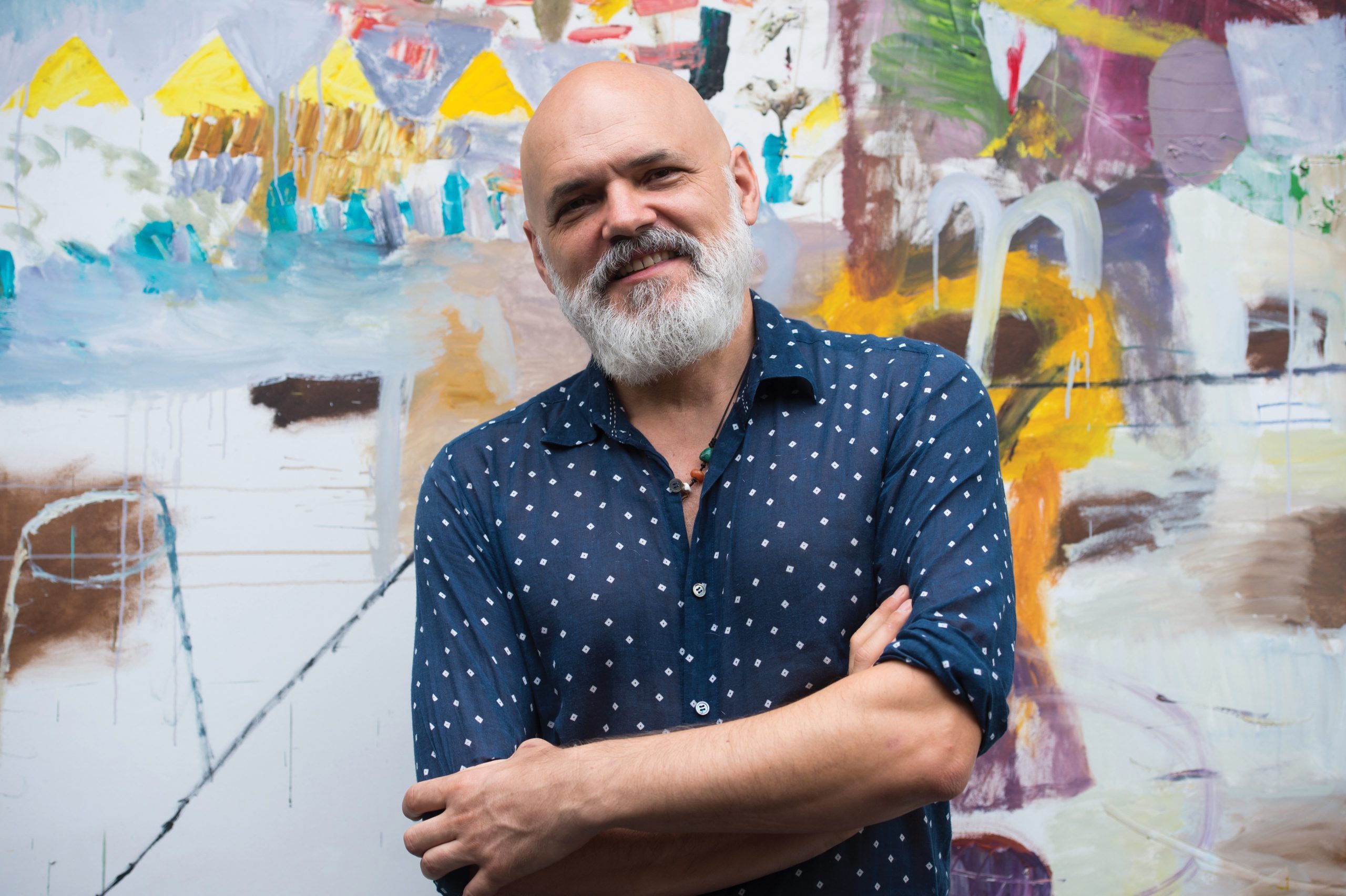
Multimedia artist Konstantin Bessmertny has called Macao home for 33 years. During that time, he’s witnessed the city’s arts scene develop into one that he says is “on par with Hong Kong”.
Before immersing yourself in the evolution of Macao’s arts and culture, Bessmertny, like Hoi, suggests visiting the Military Club. He says the pink-and-white building is the perfect place to experience “an old patina of Portuguese-style dining”.
In a room with vaulted ceilings and white columns, servers dressed in formal vests and neckties serve guests Portuguese and Macanese dishes like bacalhau à brás (salted codfish with onions, potatoes and egg) and African chicken. While the restaurant is open to the public, he recommends booking at least a month in advance and minding the dress code (no shorts, T-shirts, tank tops or flip-flops).
After lunch, Bessmertny suggests heading north to view the exhibitions at Ox Warehouse, a privately run non-profit. A hive of creativity, the warehouse has given local artists a space to create, collaborate and display their work. Admission is free, too.
For more arts and culture, Bessmertny also loves to spend time at the Macao Museum of Art, about an eight-minute drive south, because it tends to curate “open-minded and international” exhibitions. But even if you don’t make it past the integrated resorts in Cotai, he says you can still find great art within these properties. For example, SJM Holdings, the operator of venues such as the Grand Lisboa Palace, has commissioned Bessmertny to create work for its properties.
Before settling in for dinner, he says it’s worth wandering around Coloane Village, set on Macao’s southern edge. The quaint town has retained its charming, slow-paced identity amidst rapid development in other parts of the city. While there, grab an egg tart at the original Lord Stow’s bakery, where you’ll spot one of Bessmertny’s paintings on the wall.
[See more: The essential guide to Macao’s galleries and public art]

To cap a perfect day in Macao, he points visitors to Fernando’s Restaurant along Hac Sa Beach “for a prolonged dinner”. Open since 1986, this spacious, brick-walled restaurant attracts locals and tourists alike for the flavourful grilled cuttlefish, oven-roasted suckling pig and pitchers of sangria – not to mention the rustic indoor-outdoor bar, red-chequered tablemats and garden seating.
“The food has been the same quality for decades,” adds Bessmertny. “The tomato salad tastes as great as it always has.”
Fresh bites and serene escapes

Suzanne Watkinson has spent over 20 years in Macao. As the managing director of property agency consultancy Ambiente Properties, she has gotten to know the city inside and out.
When it comes to lesser-known local adventures, Watkinson has plenty to share. For a unique dining experience, she goes to the Mercado Municipal do Patane, a fish market on the western edge of the Macao peninsula. You can select your seafood from the vendors and have it cooked how you like it at the food stalls on the fourth level. (Note: This area is currently undergoing renovations, but you can still take your catch to restaurants across the street from the market to have it cooked). “Go early in the morning,” she advises.
Afterwards, she recommends walking to the Camões Gardens. Named after the Portuguese poet Luís Vaz de Camões, the 18th-century park offers a tranquil green space in the heart of the city.
While you’re there, you can also visit the protestant cemetery at Morrison Chapel, originally built about 200 years ago (and later rebuilt in 1922) to serve worshippers employed by the East India Company. The cemetery, meanwhile, contains the tombs of several historical figures, including English painter George Chinnery and pioneering Anglo-Scottish missionary Robert Morrison, from whom the chapel takes its name.
Further east, you’ll find Lou Lim Ioc Garden. Watkinson loves visiting this beautifully manicured space in the morning when the city’s elderly residents practise tai chi and sing opera – a great way to experience a slice of local life in Macao.

For the best views in the city, she recommends visiting the Guia Lighthouse, just past Lou Lim Ioc Garden. Don’t be deterred by its imposing hilltop location: “There’s a little chairlift that will take you up and down,” she assures.
After exploring the Macao peninsula, Watkinson likes to visit the Pou Tai Un Temple in Taipa, where the picturesque grounds provide a peaceful place to experience Buddhist art and traditions.
The complex is also home to a secret spot that’s sure to please foodies, says Watkinson. End your day at Sum Yuen, the temple’s highly regarded restaurant, with an array of excellent vegetarian Chinese dishes.
